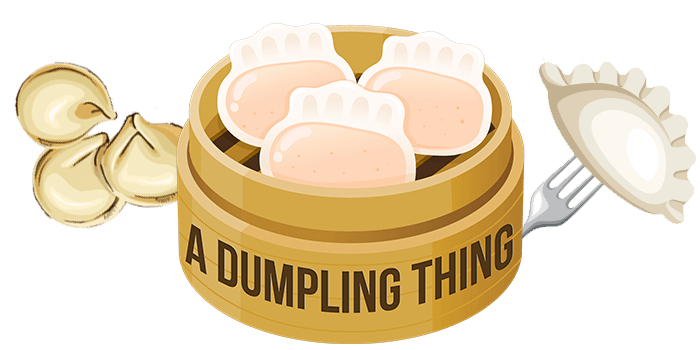*FYI - this post may contain affiliate links, which means we earn a commission at no extra cost to you if you purchase from them. Also, as an Amazon Associate I earn from qualifying purchases. Check out our Privacy Policy and Disclosure. for more info.
What exactly are dumplings? This is a simple question that many people find themselves asking…
After all, compare “Chicken and Dumplings” with traditional Chinese dumplings like Jiaozi, and you’ll fail to find many similarities apart from pure deliciousness.
But why do dumplings look so different depending on where you are in the world?
Well, in this article, we’ll cover what exactly the term “dumpling” means, the history of dumplings, and what dumplings look like in different parts of the world… so you’re no longer down in the dumps. (Sorry – no more dumpling puns from this point onwards, I promise!)
Anyways, as you might expect from a blog literally all about dumplings, this is going to be a thorough post. Enjoy!
What does “dumpling” mean, exactly?
Over the years, “dumpling” has grown to be a broad umbrella term that encompasses a variety of comfort foods from around the world.
The exact definition of dumpling varies depending on who you ask, but for my purpose, I define a dumpling simply as a blob of bite-sized dough, regardless of its filling (stuffed or not) and means of preparation (whether steamed, fried, boiled or baked).
Others recommend a similarly loose definition that claims dumplings are either:
- Blobs of filling encased in dough
- Blobs of dough on their own
This very loose definition allows us to account for all of the dumpling types from around the world.
So, in brief – many of the comfort foods you know of and love, e.g. Pierogi, Ravioli, Gnocchi, Jiaozi, Gyoza, Dumplings in Stew, etc. – those are all dumplings part of one diverse but delicious food family.
… What a perfect food, am I right?

Who Invented Dumplings?
Due to the very vague nature of “dumplings”, and a lack of detailed historical records about its invention, it’s really anybody’s best guess as to who REALLY invented dumplings back in the day.
As food and nutrition scholar Eugene Anderson once said, “I’d wildly guess the dumplings were invented in the ancient Near East, but we have absolutely no clue. No records at all.”
… Which is helpful.
Since it can be argued that any type of dough in bite-sized globs is a dumpling, odds are they were invented by some starving caveman with a blob of dirt.
… Just joking. Mainly.
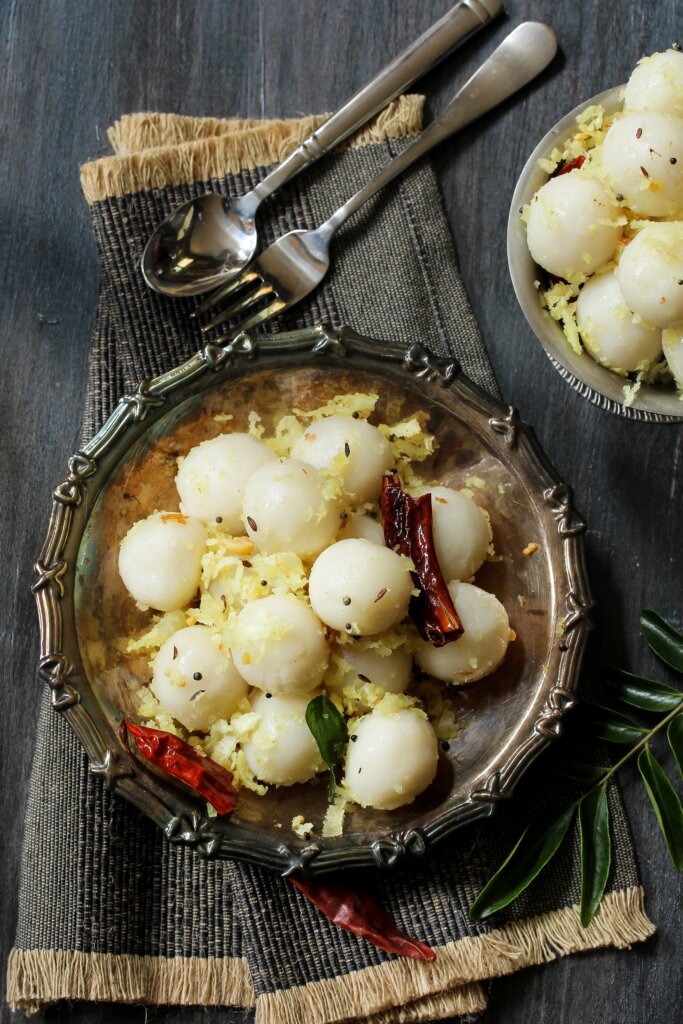
Nonetheless, there are theories and commonly accepted dumpling origin stories.
One very popular dumpling invention story is that they were invented by Chinese medicine practitioner Zhang Zhongjing, back in the days of the Eastern Han Dynasty (which lasted from 206 BC to 220 AD).
Supposedly, he created dumplings from warming ingredients to help local residents who were suffering from a particularly cold winter. Through a combination of meat and herbs (which he then encased in dough), it is said the bite-sized creations helped folks overcome the dreadful winter, thereby earning Zhang (I presume) plenty of local brownie points.
It is very possible that these are indeed the origins of the meat-filled dumplings we commonly see in China today, however food scholars widely believe that the actual invention of dumplings as a concept goes farther back than this.
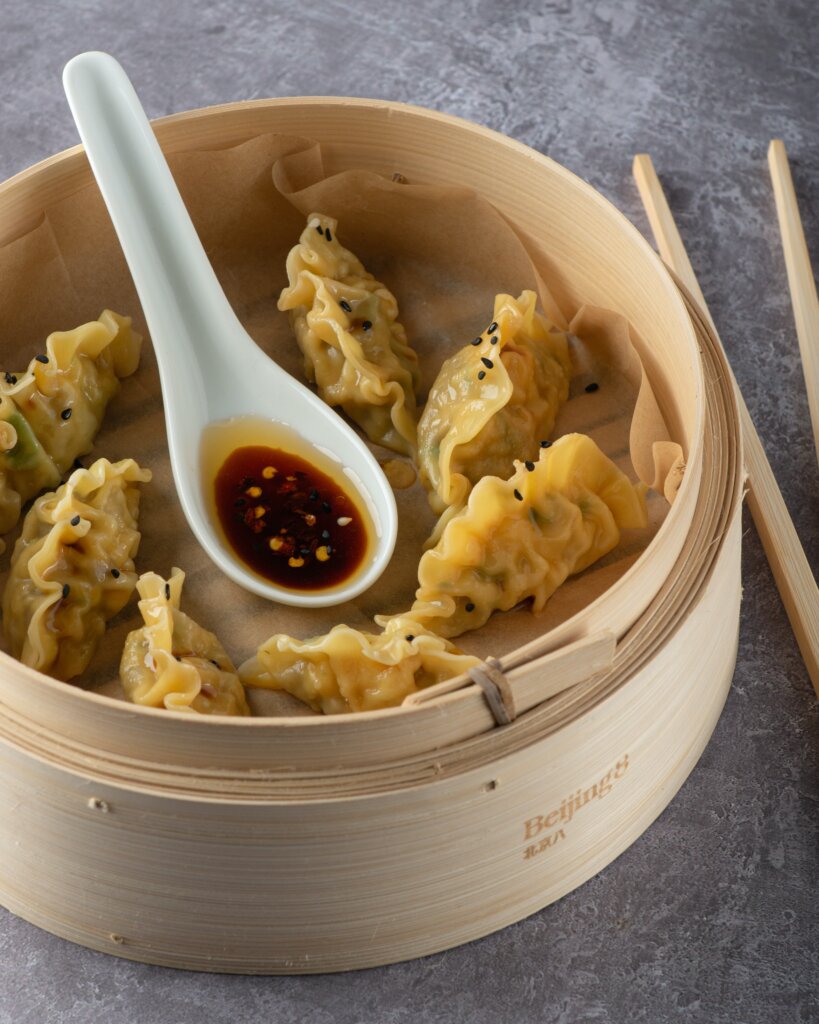
As our favorite vague food scholar Eugene Anderson said “I doubt if the Chinese originated them, because they didn’t have good flour milling technology till the Han dynasty [202BC-220AD].”
Regardless of the true origins of dumplings, one thing that remains true is they spread like wildfire, popping up around the world in different points of history, from Roman cookbooks to weird 21st century blogs dedicated solely to the topic.
*awkward grin*
Anyways, hopefully that sheds some light on the origins of our beloved dumplings!
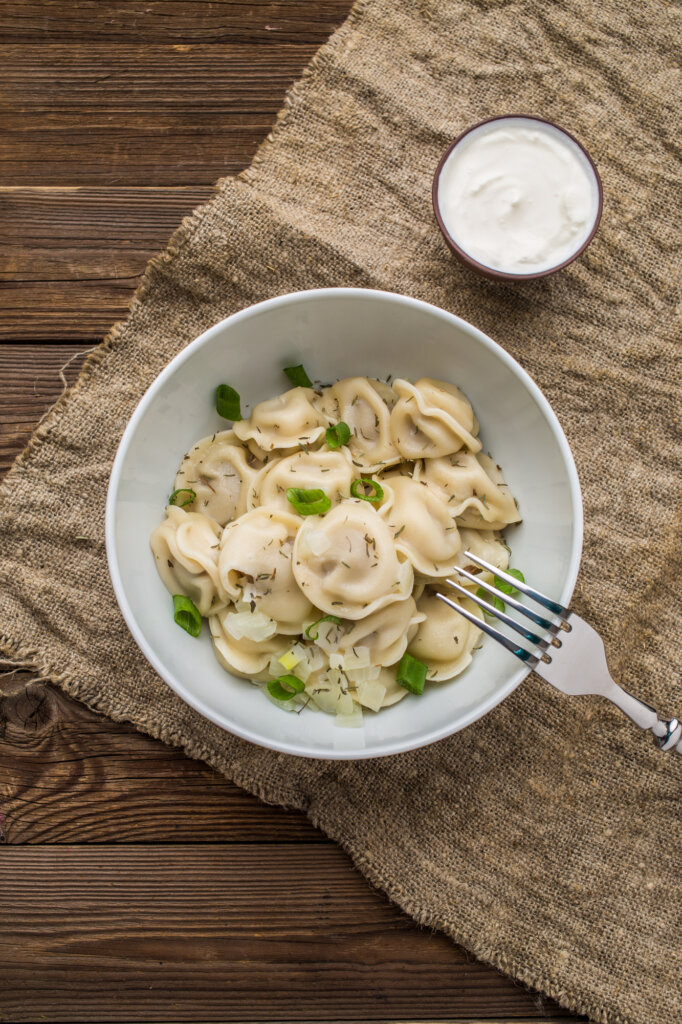
What Are Dumplings Made Of?
Now, the big question – what exactly are dumplings made of?
If we follow the broad definition provided at the start of this “What Are Dumplings” article, dumplings are essentially anything dough-based, sometimes with a filling.
Dumpling dough comes in many varieties, but usually is made out of some of these ingredients:
- Flour
- Potatoes
- Bread
- Eggs
Sometimes this dough is enjoyed on its own, but often it will come with a filling consisting of:
- Meat
- Vegetables
- Seafood
- Potatoes
Usage/combinations of these ingredients vary based on where you are in the world.
In North America for instance, “dumplings” often refer to just globs of dough that are thrown in soups, stews, and sauces (like the iconic dish Chicken and Dumplings for example). Of course, international dumpling varieties like gyoza, pierogi and jiaozi have become very popular as well.
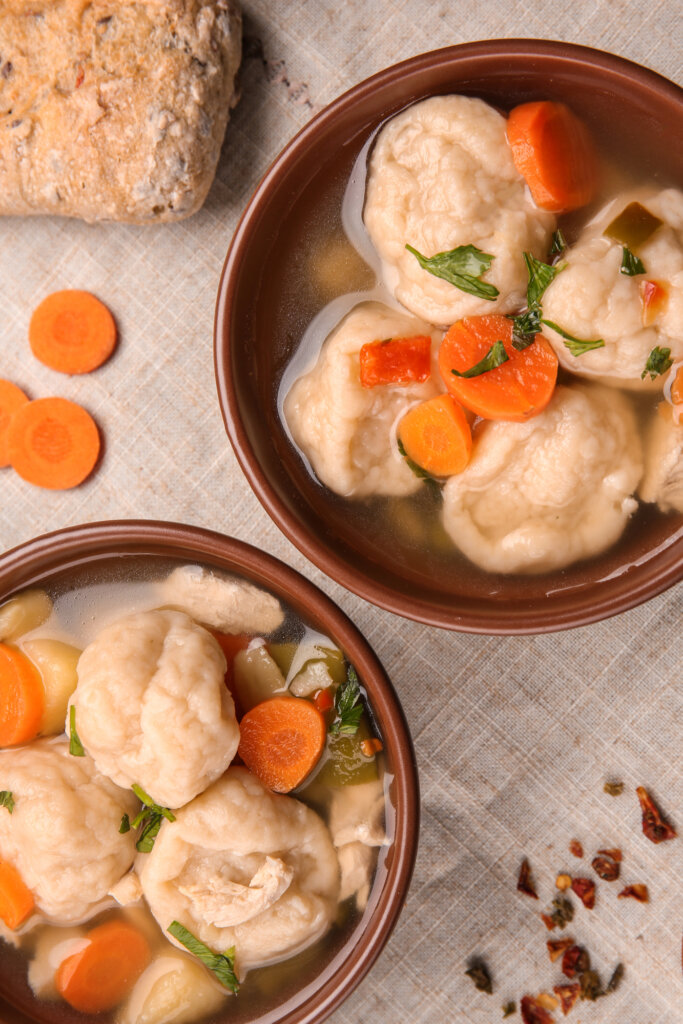
In Asia, “dumplings” more usually refer to dough wrappers filled with meat or vegetables, with tasty dumpling fillings that vary regionally.
Recommended reads:
- My Foolproof Chinese Pork Dumpling Recipe
- What to Serve with Chinese Dumplings & Potstickers
- How to Fold Dumplings: 20+ Beautiful Ways
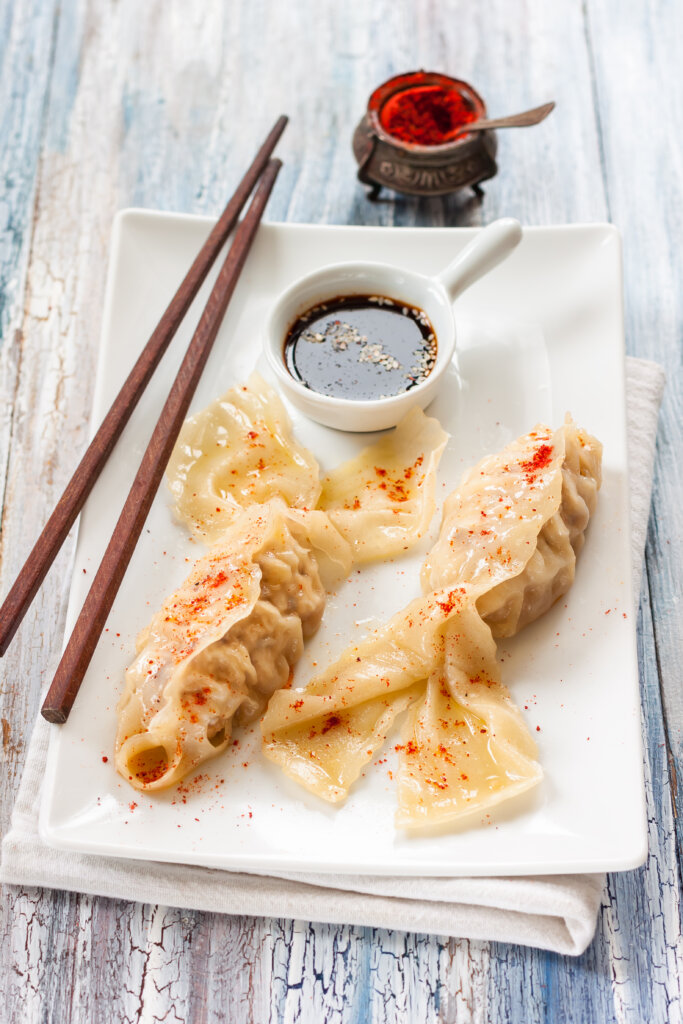
In Europe, potatoes are a much more common dumpling ingredient, as seen in dumpling varieties like Polish pierogi which use potatoes in the filling, or German Kartoffelknödel and Italian gnocchi, where potatoes form a fundamental part of the dough.
The thin dough + filling combo is also common in Italy (where you’ll find ravioli, tortellini, etc.) and former Soviet countries (where you’ll find yummy dumplings like pelmeni).
Recommended reads:
- The Best Homemade Gnocchi Recipes
- Gnocchi Sauce Recipes You Need to Try
- The Best Homemade Ravioli Recipes
- Pierogi Dough 101: Mistakes to Avoid!
- What to Serve with Pierogi for Dinner

In Africa, popular dumplings include steamed bread-esque globs like Madombi or Fufu, which are popular accompaniments for hearty stews.

And in Latin America, fried dough pockets like empanadas are a popular treat, although weirdly, these aren’t as commonly referred to as dumplings as some of the varieties mentioned above, just like Indian samosas. Maybe there’s some odd dumpling discrimination I don’t know about?
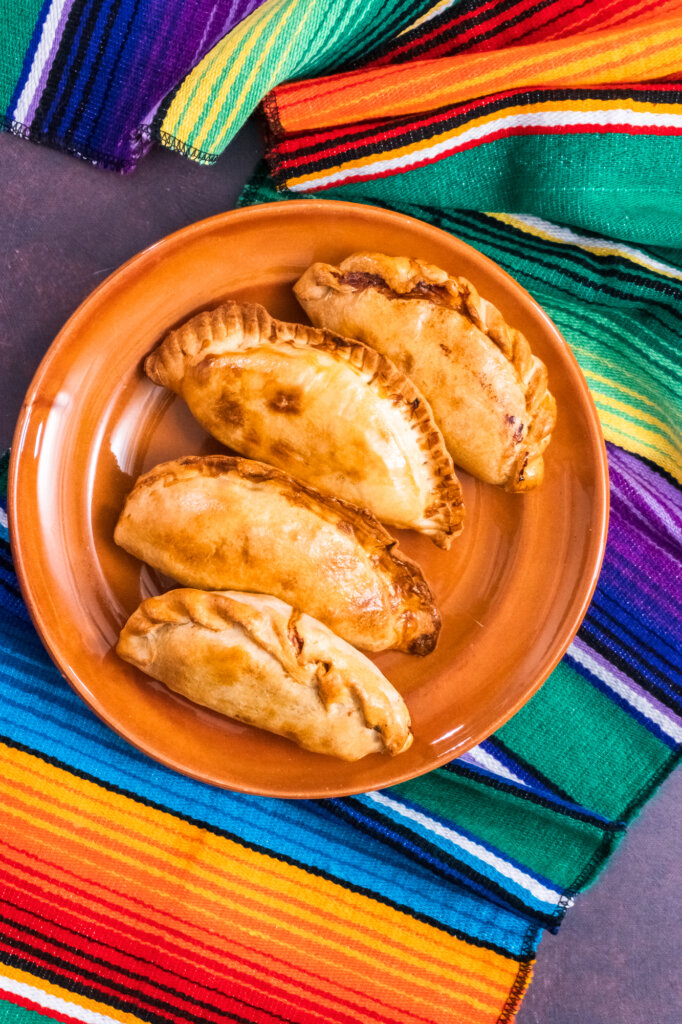
As you can see, dumplings quite literally come in all shapes and sizes. Little wonder why I started this site to document my journey trying them all, right?
I hope you enjoyed this guide on what dumplings really are!
Let me know in the comments if you have any more questions on the topic. Clearly, I could talk dumplings all day.
